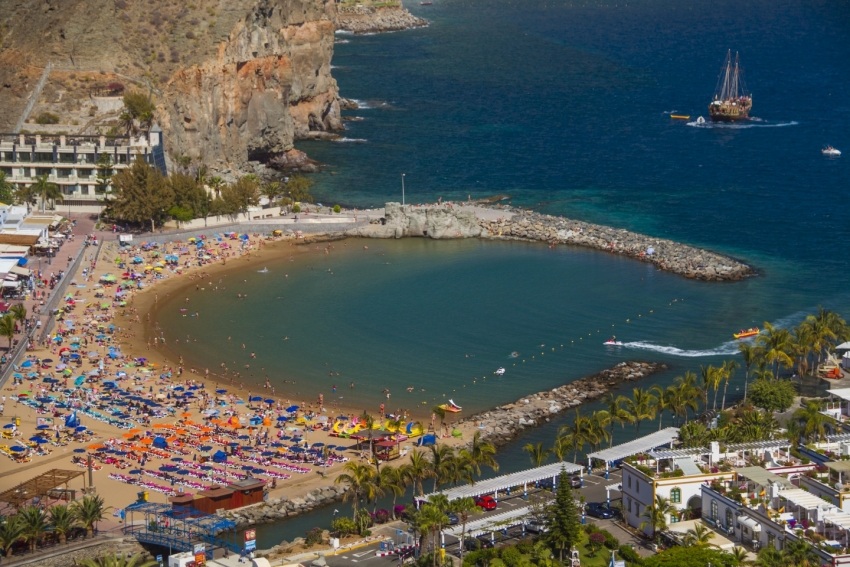The Maspalomas Dunes are artificial
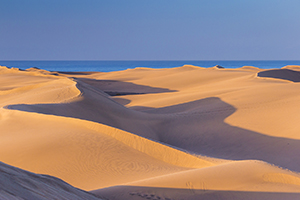 Imagine the number of lorries you'd need to bring in all the sand to make the Maspalomas dunes; You only have to look at them to know that they are natural.
Imagine the number of lorries you'd need to bring in all the sand to make the Maspalomas dunes; You only have to look at them to know that they are natural.
However, several recent books have repeated the mistake and claimed that the dunes and beach at Maspalomas and Playa del Inglés are artificial and made from imported Saharan sand.
In fact, the Maspalomas dunes are made of ocean sand that either washed and blew into place over thousands of years or was dumped on the shore by a huge tsunami in the 18th Century.
Roque Nublo is the high point of Gran Canaria
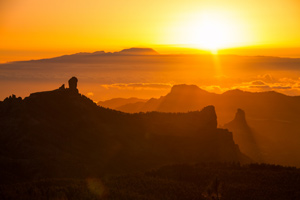 Somehow the facts don't stop guidebooks, bloggers and even guides from telling people that Roque Nublo is the highest place in Gran Canaria.
Somehow the facts don't stop guidebooks, bloggers and even guides from telling people that Roque Nublo is the highest place in Gran Canaria.
The tip of Roque Nublo is 1813 metres above sea level while the island's high point at Pico de las Nieves is 1956 metres above sea level.
Puerto Mogan is a charming old fishing village
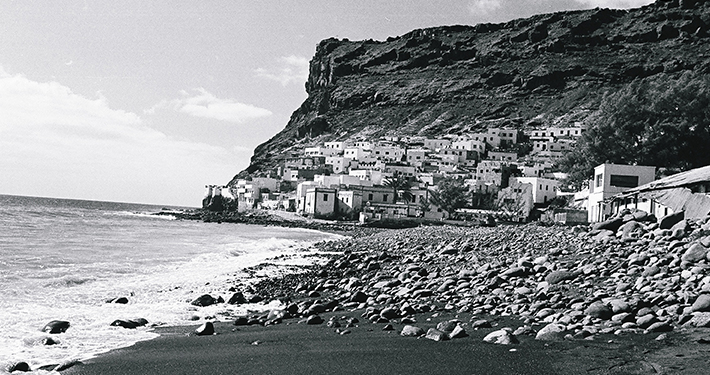 There's been a village at Mogán for hundreds of years, thousands if you count the aboriginal settlement, but the actual marina with the famous white houses, bougainvillaea arches and canals was only opened in 1982. Before the modern marina and beach area was built, there wasn't even a harbour at Mogán; Just a rocky shoreline with fishing boats pulled up on the pebble beach.
There's been a village at Mogán for hundreds of years, thousands if you count the aboriginal settlement, but the actual marina with the famous white houses, bougainvillaea arches and canals was only opened in 1982. Before the modern marina and beach area was built, there wasn't even a harbour at Mogán; Just a rocky shoreline with fishing boats pulled up on the pebble beach.
The actual village is the higgledy-piggledy bit that goes up the hill behind the modern marina. It's a lovely if steep, place to wander about and the view from the lookout point (now signposted) is the best in town.
Playa del Inglés was named after the tourists
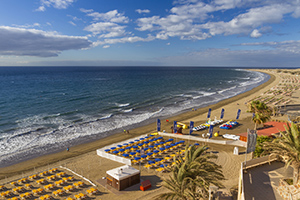 It may be packed with British, German and Scandinavian tourists, but Playa del Inglés was named long before anyone even dreamed of putting a resort in south Gran Canaria.
It may be packed with British, German and Scandinavian tourists, but Playa del Inglés was named long before anyone even dreamed of putting a resort in south Gran Canaria.
PDI may be named after Lord Nelson: There is a theory that he set up a military camp here while he was planning the failed attack on Puerto de la Cruz in Tenerife in 1797. Others say it is named after the Dutch admiral Van der Does who sacked Las Palmas in 1599 before retreating to Maspalomas to resupply his ships and bury his dead. At the time, the Canarians referred to all invaders as 'los ingleses'.
Or the name may be even older as one of the landowning families in Gran Canaria back in the 16th Century was Inglés.
Another theory is that the name comes from the area's original tomato farmer back in the 1930s: A British man who used to take his tomatoes up the coast to the nearest harbour by camel.


